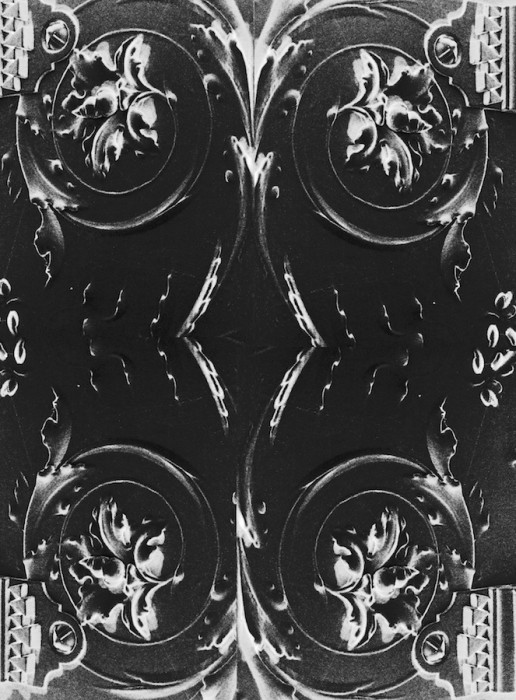
“Everything was going down. And somehow it came back up again. You were doing stuff that nurses wouldn’t usually do. It worked because it was such a beautiful place. It didn’t seem to be a problem somehow.”
In the early years nurses worked 8 hour shifts but these changed in time to 12 hour shifts. In the final years before the hospice closed staff found it difficult to manage the workload, particularly at night when there were no volunteers: “We had people fall down the stairs. Sometimes we worked alone.” The budget was also tighter in those latter years, leading to conflict and stress. On the weekends nurses and personal support workers had to make meals for residents as well as provide other care and manage the garbage, laundry and cleaning. Cooks would return on Mondays and tell them: “You used too many eggs this weekend.”
Staff told us that what kept Perram House functioning was their hard work, a “united philosophy” of care and the physical beauty of the building. They described the interior of the house in great detail: “When you enter on the left it’s a really big living room with a big bay window and a marble fireplace. Crown molding with plaster swirls and flowers and a chandelier. The baseboards are all wood, 14 inches tall. There are huge double doors between the living room and dining room and then on your right a Scarlett O’Hara staircase sweeping up.” The style of the house inspired staff to work even harder while at Perram House.